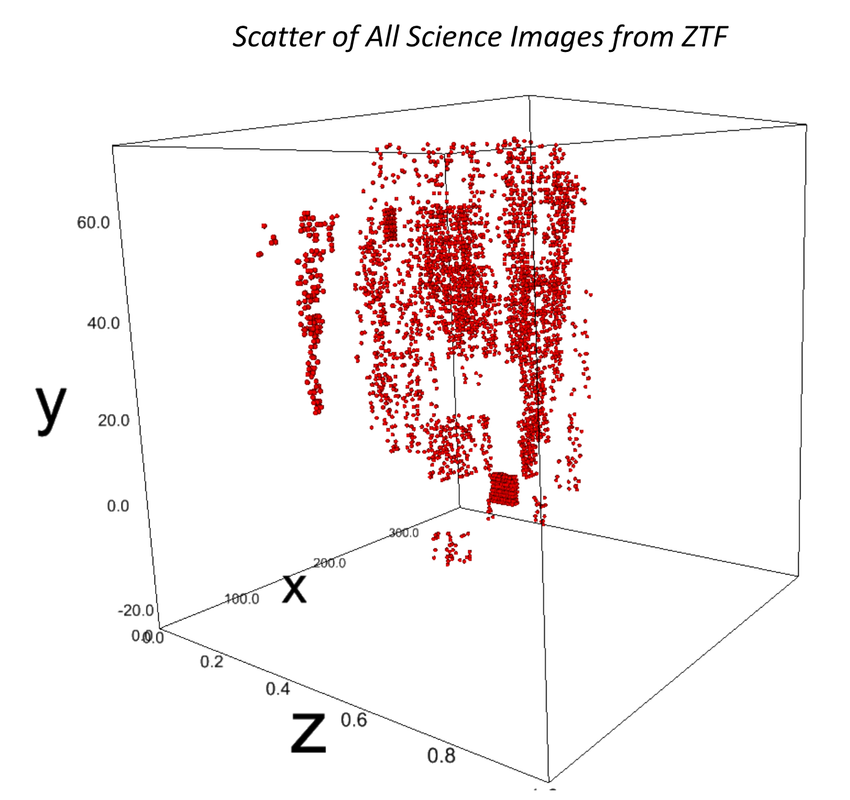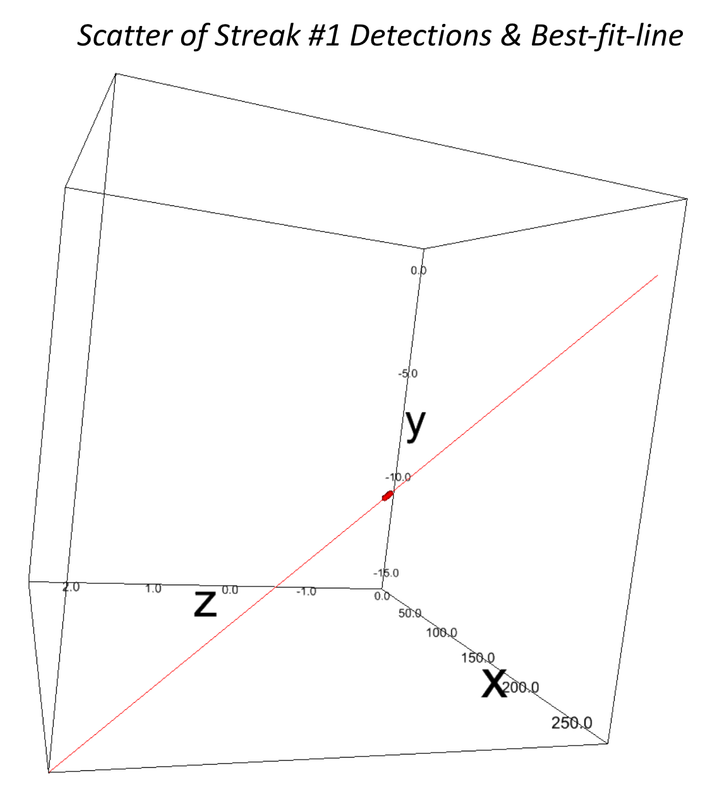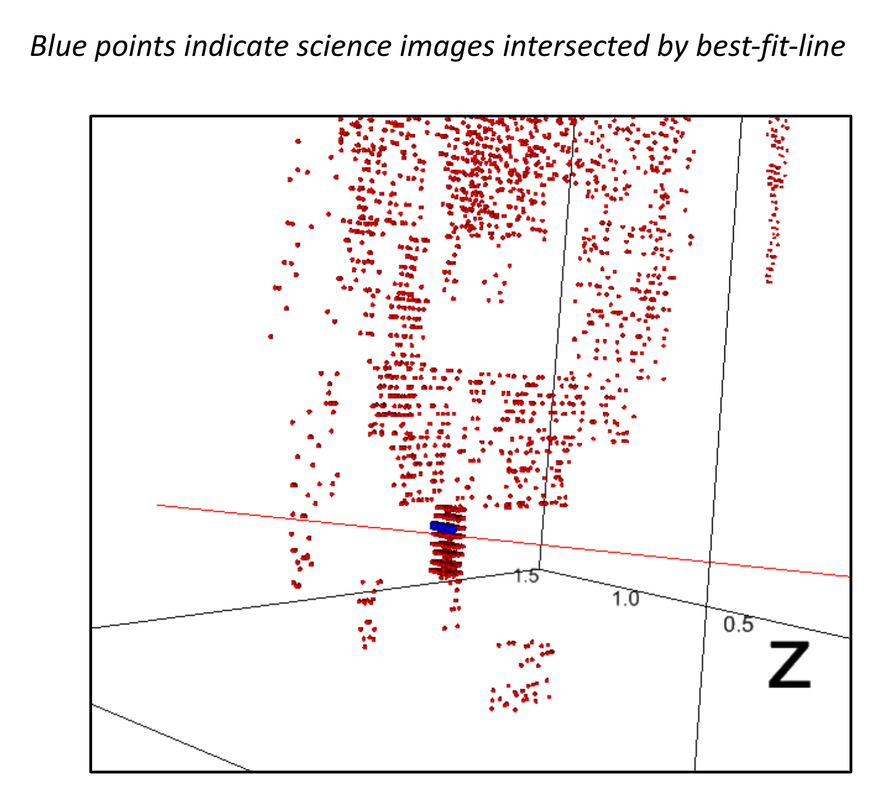Week 10: The End
May 9, 2024
Hi friend! Can you believe it? We’re here at the end.
When I wrote the first blog in this series, I didn’t know where I was gonna go to college, I didn’t know how three months of school-less life would go, and I didn’t know if I would be able to complete my senior project.
Today, I know where I’m going to college, I know that the past three months of school-less was probably the most carefree era of my entire life, and I know I’m not going to be able to complete my senior project on time. Damn. The fruits of retrospection.
I could talk about what I did this week, but it was essentially just a bunch of coding, paper-writing, and head-bashing, nothing extremely interesting. So instead, I’ll talk about something I’ve been developing here and there throughout the entire senior project.
STREAK TRACER. I wanted to come up with a cool name for my innovative program — clearly I failed. Ok basically, remember how my project is like using an algorithm to detect asteroid streaks in the sky? So assuming that that algorithm works and some streaks have been detected, this streak tracer program helps identify any missed detections of the same streak on the same night.
How does it work? Well, I’m glad you asked. So these asteroids go vroom vroom through the sky, and in one night, it’s motion is generally a pretty straight line at a pretty constant velocity (ignore the convenient generalizations I’m making here). Now, if I have two or more detections of an asteroid at different places and different times, I can plot these two points in a “spacetime cube” with the x and y axes (RA and Dec axes for you nerds out there), and a time axis. Wow.
Quick math review: a line can be uniquely defined by any two points on that line (in like normal middle school geometry — I’m not mathematician don’t come after me). Now if we have two separate detections, we can draw a 3D line between those two points in the “spacetime cube.” If you plotted the asteroid moving through the sky in this spacetime cube coordinate system, it should, ideally follow that line.
To find possibly missed detections of the asteroid, we can just find intersections between the 3D line and the small squares where telescope images were taken! And here’s a few plots of it in implementation:



Now, I just gotta find some images of novel streaks and apply this algorithm to maximize detections!
I know this blog wasn’t the most satisfying resolution to ten weeks of hard work, but trust me, I’m still gonna be working on this project over the next few months. I’ve almost completed a polished pipeline for processing full nights of data, and once that gets running, the new detections will (hopefully) come pouring in. I’m also writing a paper that I’ll be submitting to MNRAS (Monthly Notices of the Royal Astronomical Society) to report my findings.
This is the last senior project blog I’m ever going to write. It’s truly been a pleasure sharing my highs, lows, and everything in between with you for the past 10 weeks. Signing out. Peace.

Leave a Reply
You must be logged in to post a comment.